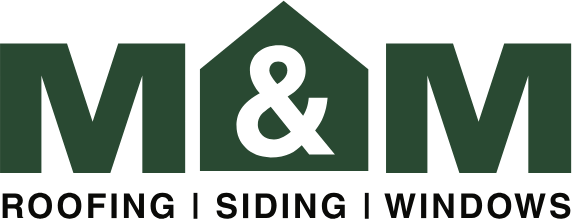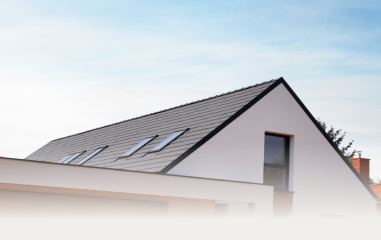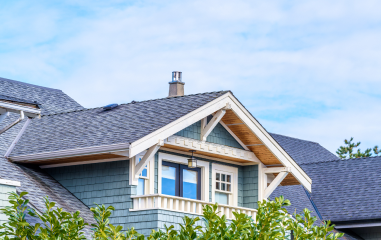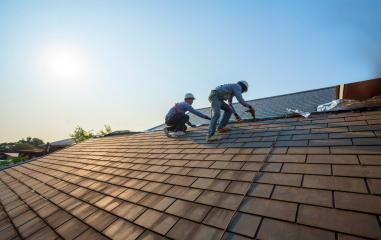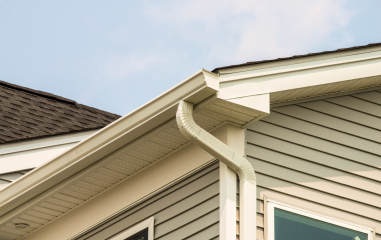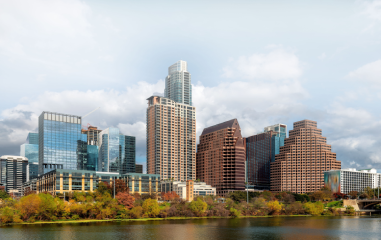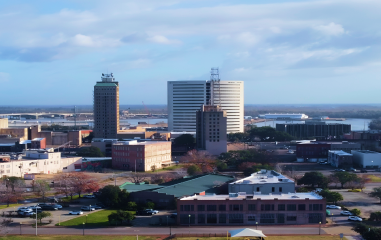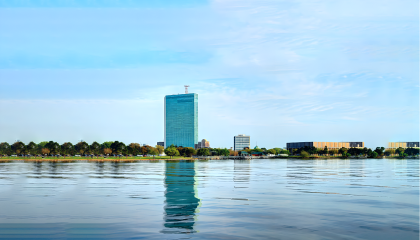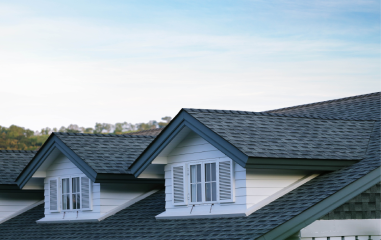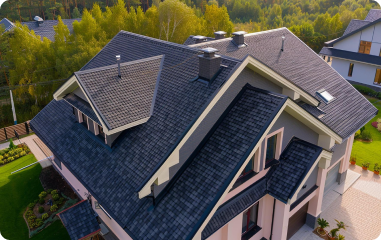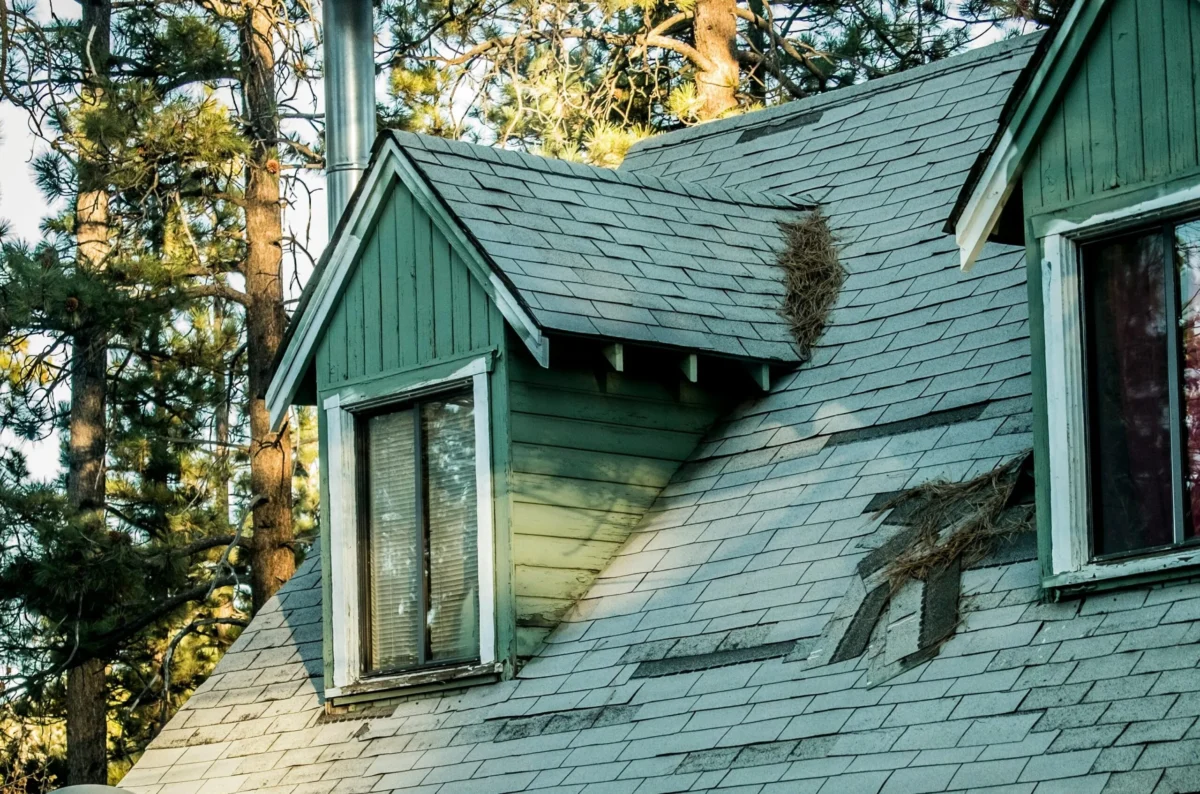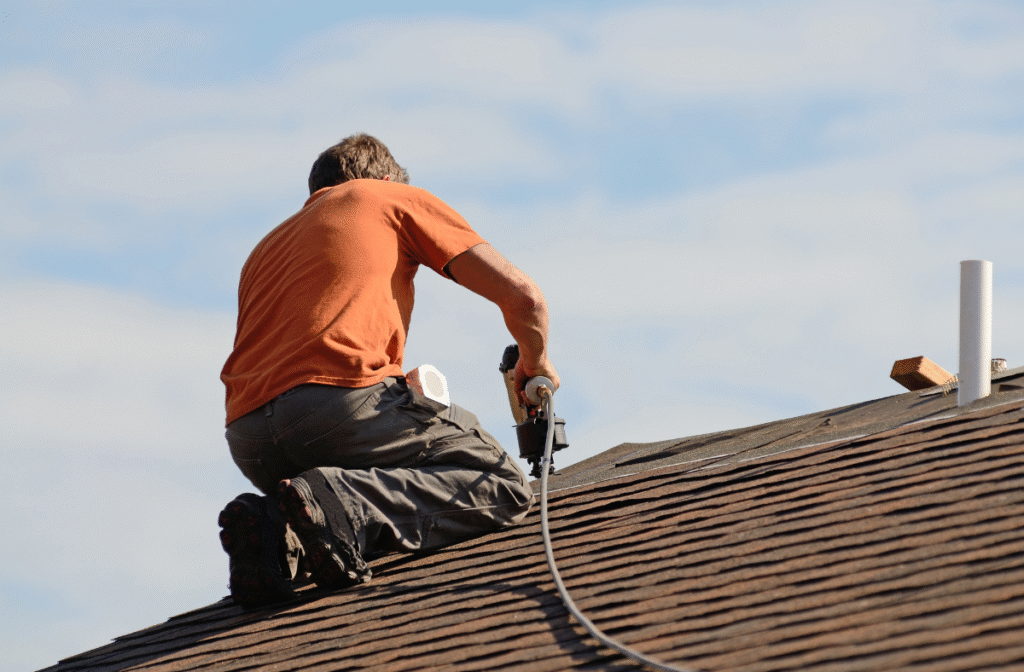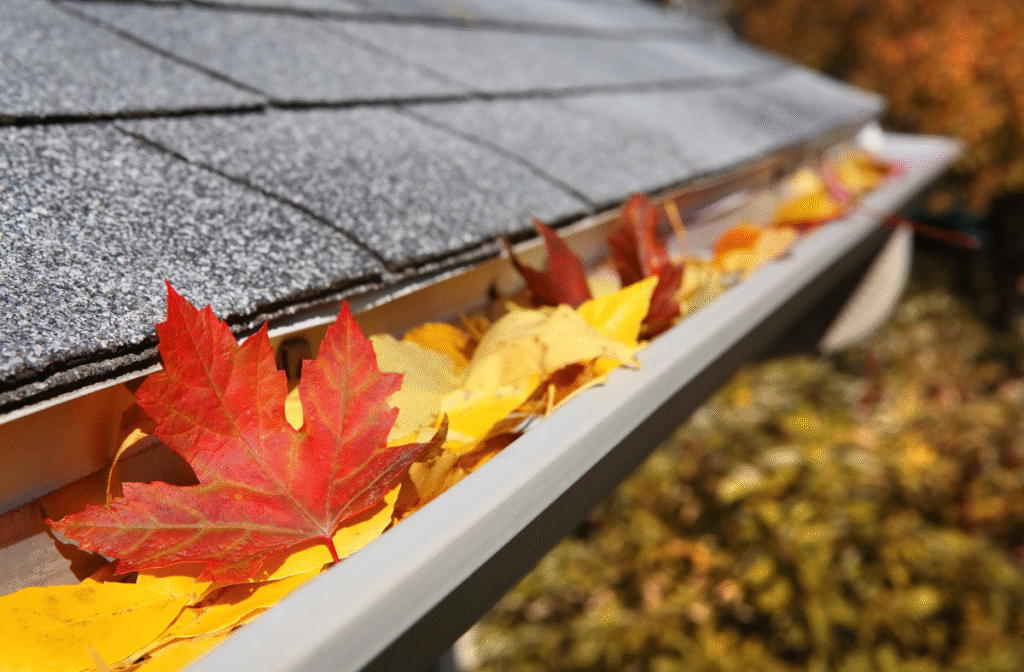Strong winds can wreak havoc on your roof. Missing shingles. Bent flashing. Or even more serious structural damage. While it might not always be obvious at first glance, even minor wind damage to your roof can lead to bigger problems like leaks, mold, or sky-high energy bills if left unchecked.
The good news? Taking the right steps quickly can save you a lot of stress—and money—in the long run. In this guide, we’ll break down exactly what to do if you suspect wind damage to your roof, from spotting the early signs to handling insurance claims and getting the right repair
Table of Contents
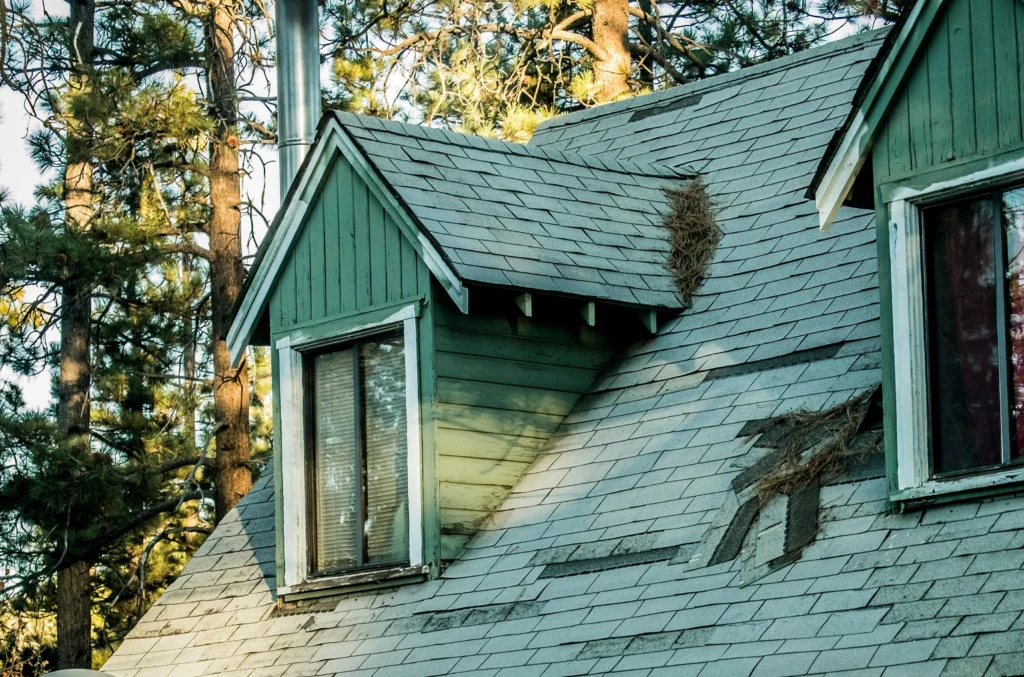
Signs of Wind Damage To Your Roof
You might think that wind damage to your roof would be obvious for everyone to see. You know – shingles scattered everywhere, a tree laying across your roof – something dramatic like that. But wind damage isn’t always so easy to see.
There can be both visible and invisible, structural damage.
Visible Roof Damage
Visible roof damage usually stands out because, obviously, it’s visible. You shouldn’t have a ton of difficulty spotting this kind of damage. Look for missing, curled, cracked, broken, or lifted shingles. Basically, you’re looking for any type of damage to the surface of your roof. If you come upon any shingles in your yard that’s also a pretty good sign that there’s some damage to your roof.
Also, look for bent or missing flashing or gutters. If you see any of these warning signs, you’ll need to take action right away.
However, don’t just check the top of your roof. Make sure to also inspect the sides and corners where winds can create uplift and damage the edges of your roof.
Dealing with a storm-damaged roof and have questions about insurance? Call us for a free roof inspection today.
Invisible Wind Damage To Your Roof
Unfortunately, not all wind damage to your roof is easily visible from the ground. It’s possible for strong winds to cause underlying structural damage that may eventually lead to leaks or other issues down the road. Look for cracks, holes, or dents in your shingles, and pay attention to any changes in your energy bill as this could be a sign of air escaping through damaged areas.
Look for any signs of water getting into your house, like spots on the ceiling or walls. These are also tell-tale signs that something is damaged with your roof.
If you’re unsure about any potential damage, it’s always best to call a professional, reputable roofing contractor for an inspection. They have the expertise and tools necessary to identify any hidden damage and provide you with the best course of action.
At M&M Roofing and Siding, we offer FREE storm damage roof inspections. We’ll come to your house, assess any potential damage, and provide you with a detailed report and estimate for repairs or replacement.
Call us today for your free roof inspection.
What To Do After Your Roof Has Wind Damage
If you think your roof has wind damage, there are some steps you need to follow.
Step #1: Stay Safe
First things first: be safe. Don’t go on your roof if it’s wet or seems unstable. You are worth more than your roof! Make sure that you also look for any downed power lines or anything else that could pose a threat before you go on your roof. Your safety is of utmost importance, and if you’re concerned about going up to check on your roof, it’s best to just call a professional to come look at it.
Step #2: Document Everything
Next, you need to make sure you document any and all wind damage to your roof. If you want insurance to pay for a new roof replacement, this is going to be critically important. Take pictures and videos of the damage, as well as any debris that may have fallen on your roof or in your yard. Make notes on the dates of damage, exactly what you see, etc.
Step #3: Contact A Roofing Company
If you have wind damage to your roof, the next step you need to take is to call a roofing company. Yes, you should contact the roofing company before you call the insurance company. They will be able to assess the damage and give you an estimate for repairs or replacement. They also can be a big asset to you as you walk through the insurance claim process.
Step #4: Call Your Insurance Company
After you’ve contacted a roofing company and gotten an assessment of the damage and an estimate of the repair costs, then you can contact your insurance company. Let them know that you have wind damage to your roof and provide them with the documentation you have gathered. They will likely send out an adjuster to inspect the damage and determine how much they are willing to cover for repairs or replacement.
The Repair Process
During the repair process, you’ll be working with both the roofing contractor and the insurance company.
What To Expect From A Roofing Contractor
A roofing contractor should supply you with a:
- Report of the damage to your roof
- Estimate of how much it will cost to fix the roof
- Repair timeline
Based on the damage report supplied by the contractor, you’ll need to decide whether it’s best to repair the roof or fully replace it. Your insurance will work with you and the contractor to come up with a solution that works for all parties involved.
What To Expect From Your Insurance Company
Your insurance company will send out an adjuster to evaluate the damage and determine the amount they are willing to cover for repairs or replacement. They may also ask for additional documentation or evidence of the damage, so be prepared to provide this if needed.
Once a decision has been made on how much coverage your insurance will provide, you can then work with both your roofing contractor and insurance company to schedule the repairs or replacement.
How To Prevent Future Wind Damage
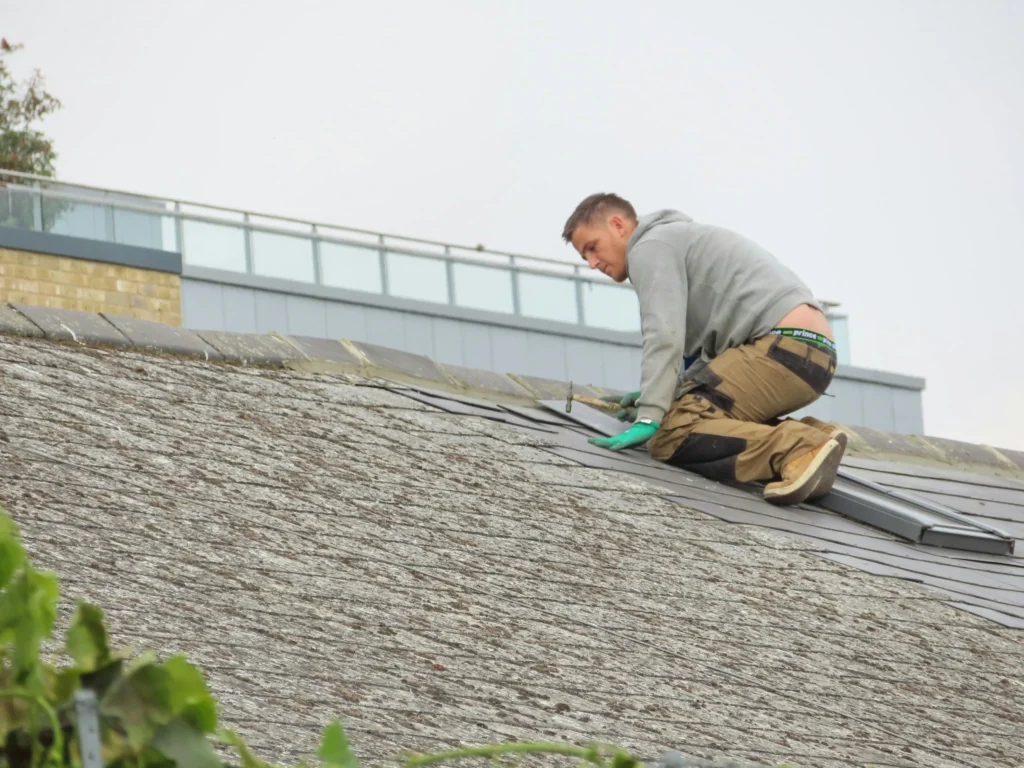
Once you’ve replaced or repaired your roof, you need to think about how to prevent future wind damage to your roof. You’ve just gone through the headache of working with your insurance and roofing contractor, so it’s best to take preventative measures to avoid this process again.
Regular Roof Inspections
Schedule regular roof inspections to check for any potential damage caused by wind or other natural elements. This will allow you to catch and fix any issues before they become major problems.
Reinforce The Roof
If you live in an area where wind damage is common, you might consider reinforcing your roof with stronger materials such as impact-resistant shingles or metal panels. These can better withstand strong winds and help prevent future damage.
Clear Surrounding Trees
When it comes to wind damage to your roof, trees are always going to be a big culprit. Trim back trees and branches around your roof to minimize the risk of them falling on your roof and damaging it.
Regular Maintenance
Regularly maintain your roof by checking for any potential weak spots such as loose or damaged shingles, gaps in flashing, or areas where water may pool. Address these issues promptly to prevent them from becoming larger problems during a windstorm.
Improved Roof Design
If you are building a new home or replacing your roof, consider choosing a roof design that is more resistant to wind damage. Steeper roofs and hip roofs are known to withstand strong winds better than other designs.
Conclusion
If you have wind damage to your roof, don’t wait to fix it. The longer you let it go, the worse it can become.
And, of course, if you need help repairing or replacing your roof, we at M&M Roofing and Siding would love to help. We have more than 40 years of experience installing and repairing roofs, and we’ve worked on over 20,000. Trust us to handle your wind damage repairs with expertise.
Contact us today for a free roof inspection and let us restore your roof to its full potential.
Call us today so we can help you with your insurance claim and get your roof fixed or replaced.
